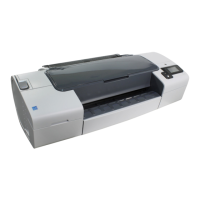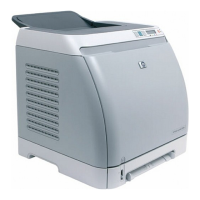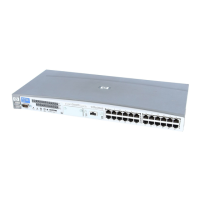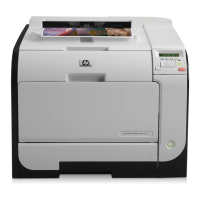EXAMPLES
The following example illustrates how the omniofflr command works.
To restore the "c:/temp" directory of the computer "computer.company.com" without
the "c:/temp/vnc" directory, which was backed up using an HP Ultrium standalone
device on a STK Ultrium drive medium, attached to the Cell Manager
"cm.company.com", into the "c:/test/temp directory",run:
omniofflr -verbose -name HP:Ultrium -dev scsi2:0:4:0C -mahost
cm.company.com -policy 1 -type 13 -maid
9e03110a:3b5ee669:05ac:0001 -computer.company.com:/C C: -daid
996144004 -tree /temp -exclude /temp/vnc -into c:/test/temp
To get the logical device name and its SCSI address, run:
devbra -dev
The output of the command looks something like this:
HP:Ultriumscsi2:0:4:0cLTO : HP LTO drive
"HP:Ultrium" is the logical device name of the backup device while "scsi2:0:4:0c"
specifies the SCSI address of the device.
To obtain the medium ID (MAID), run the omnidb command with the appropriate
backup session ID:
omnidb -session 2007/09/06-1 -media
To obtain all backup session IDs for the winfs computer.domain.com:/C
computer.domain.com [/C], run:
omnidb -winfs computer.domain.com:/C "computer.domain.com
[/C]"
To obtain the Disk Agent ID (DAID) and the object name, run the omnimm command
with the relative MAID:
omnimm -catalog 9e03110a:3b5ee669:05ac:0001
SEE ALSO
omnidr(1M), omniiso(1), omnisrdupdate(1M)
Command line interface reference 371

